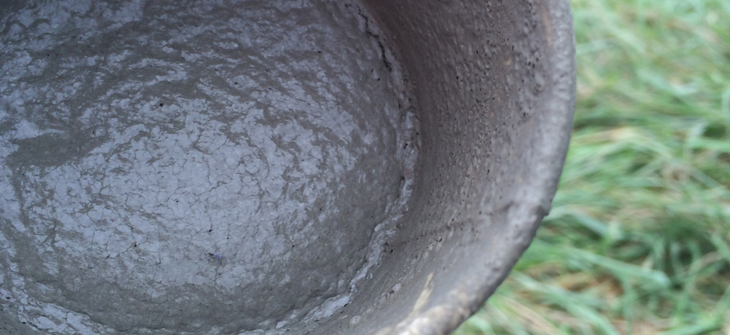
Grout, Grout, Let It All Out!
June-01-2022
A Response to Frequently Asked Reline Grouting Questions
During our recently held national reline webinar, we received several questions around grout. The Pipe Blog offers an excellent platform to address some of these questions. Here are just a few received.
- How far along the pipe length can the grout be pumped? The answer depends on the grout itself and recommendations from the grout supplier. Generally speaking, 500' distances are achievable. Some contractors have shared moving grout over 1,000'. Pump distances this long will generally require grout tubes to accurately place the material in the desired location, together with a cellular grout. Instead of a slump test, grout QA/QC should be based on spread testing.
- We lined a culvert, and when the grout was placed along the sides, the liner started to fail. Was the grout placed too quickly? Why did this happen? Without being directly involved in this project, anything stated here is only conjecture. There are many potential causes for the failure you mention, rapid grouting is the most likely cause. Other potential reasons are (1) not grouting in smaller lifts; (2) excessive grout pressure coming out of the grout hose; (3) trying to push the grout uphill, creating more pressure.
- Does the liner need to be elevated off the host pipe to allow grout to flow underneath? Contech's reline materials have either corrugations or ribs, which allow grout underneath the reline pipe. In many cases, runners are placed on the invert of the host pipe to ease installation. These runners also allow for grout to flow underneath.
- How is grout applied between the host pipe and liner? Grout can be applied in various ways. (1) through the liner pipe wall; (2) through grout tubes installed in the void between the liner pipe and the old pipe; (3) from the inlet end. Considerations such as grout density, pipe length, and liner pipe materials all play into which method is used. In all cases, the grout is pumped to the location.
- Can temporary weight inside the liner be used to avoid flotation during grouting? Yes, either by water, sandbags, or other methods.
- Do you have problems with grout loss when the invert of an existing pipe has been eroded and the soil has been eroded? The best way to mitigate this is to grout the invert voids prior to lining the old pipe.
- Can you explain what a “cellular” grout mix is? Cellular grout is grout mixed with a foaming agent. This foaming agent reduces the unit density of the grout, reducing the temporary buoyancy forces acting on the pipe during installation.
